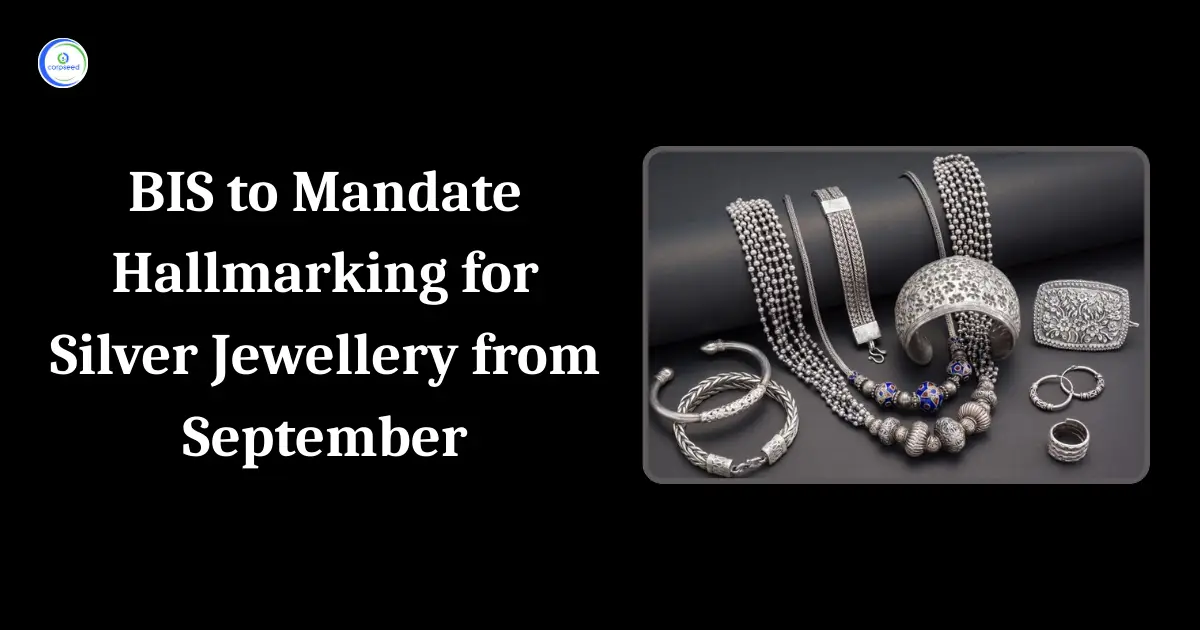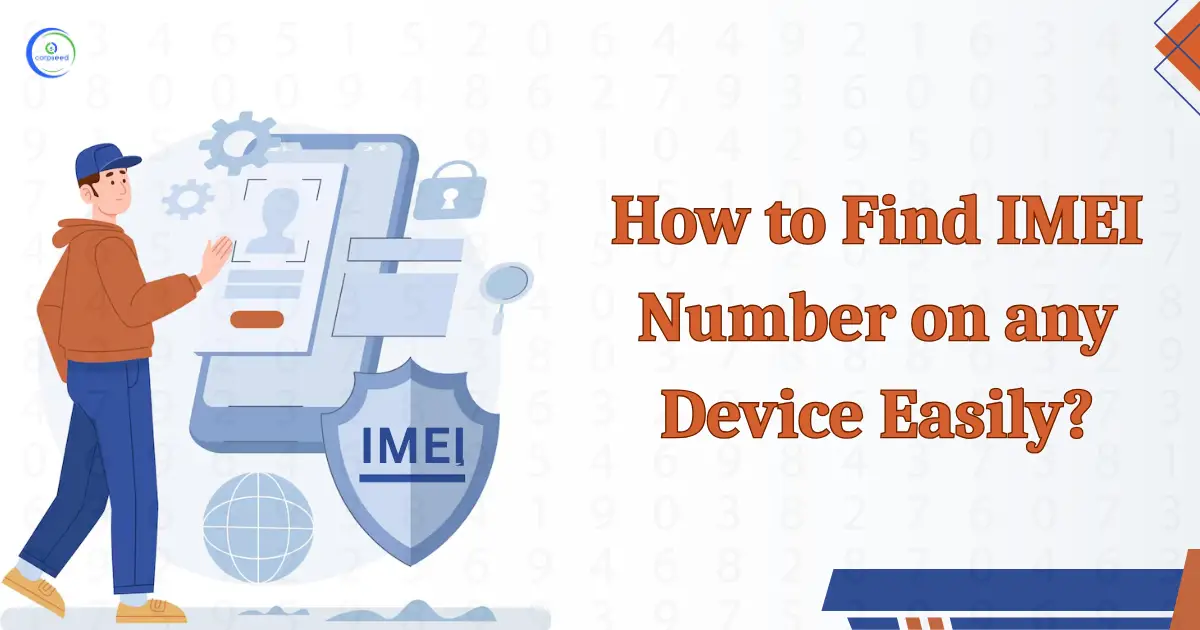In a significant move towards consumer protection and standardization of products, the Bureau of Indian Standards (BIS) has announced that the hallmarking of silver jewellery and artefacts will become mandatory starting September 2025. Though hallmarking of gold has already been made mandatory in recent years, this is the first time that such a regulation will be applied to silver items across India.
Table of Contents
- What is BIS Hallmarking, and Why Does It Matter?
- Key Components of a Silver Hallmark
- What Does This Mean for Jewellers?
- What Does This Mean for Consumers?
- What Should Consumers Do?
- How Will It Impact Jewellers and Silver Traders?
- How to Identify a BIS-Hallmarked Silver Product
- Exceptions and Considerations
- Conclusion
This development is expected to renovate the silver jewellery market, bringing transparency, trust, and responsibility. For consumers, it means assured purity backed by the BIS certificate. For jewellers, it brings strict compliance but also provides reputation and an opportunity to increase sales.
What is BIS Hallmarking, and Why Does It Matter?
BIS hallmarking is the process of confirming the purity and authenticity of precious metal items like gold and silver. The mark attached to jewellery or antiques certifies that the metal content in the item fulfills the declared standards.
In simple terms, the BIS hallmark works like a purity guarantee. For years, gold jewellery has been marked, but silver often slips under the radar. This left many consumers exposed to fraud, buying impure silver at the price of pure metal from sources without any assurance or verification.
Getting Hallmark registration is necessary for silver means that every piece sold must now have a certified stamp of quality in the form of a BIS certificate. This helps buyers trust what they are buying, while also keeping manufacturers and sellers accountable.
Key Components of a Silver Hallmark
When hallmarking becomes compulsory in September 2025, all certified silver jewellery and artefacts must carry four visible marks:
- BIS Standard Mark: Confirms the item has been certified by BIS.
- Purity Grade: Typically represented as 999 (pure silver), 925 (sterling silver), 900, 835, or 800, depending on the item.
- Assay Centre Identification Mark: Identifies the lab that tested and certified the item.
- Jeweller’s Identification Mark: Unique ID of the BIS-registered jeweller, reflecting their BIS registration.
This standardized information provides traceability, proof of quality, and peace of mind for consumers.
--------------Blog Contact Form-------------
What Does This Mean for Jewellers?
Jewellers will no longer need to have their silver jewellery tested and tested by BIS authorized testing and hallmarking centers before selling in the marketplace. This adds an important layer of accountability but also means an adjustment period as the industry conforms to new rules.
While some jewellers may face initial costs related to testing and certification, long-term benefits include improved consumer confidence and a reduction in silver purity. Hallmarking can also help enhance the silver jewellery market and make it more attractive to buyers who value quality assurance.
What Does This Mean for Consumers?
For buyers, mainly those not deeply familiar with precious metals, compulsory hallmarking is a major win. Here’s how:
- Guaranteed Purity: No more guesswork. When you buy a hallmarked silver item, you know exactly what you’re getting, be it 925 sterling silver or 999 pure.
- Fair Pricing: Purity directly affects the price of silver. Hallmarking ensures that you pay a fair price for the actual silver content, not more, not less.
- Resale Value: Hallmarked items have better resale or exchange value, especially in formal settings like banks, showrooms, or pawnshops.
- Consumer Redressal: If a certified item turns out to be impure, buyers can lodge complaints with BIS, something not easily possible with unverified items.
What Should Consumers Do?
After September 2025, consumers should always look for the BIS hallmark when purchasing silver jewellery. If a product lacks this certification, buyers should remain cautious and consider purchasing from reputable stores that adhere to the new mandate and have valid BIS registration.
Consumers are also encouraged to verify the authenticity of the hallmarks through BIS’s official website or mobile apps, which offer details about certified jewellers and hallmarking centres.
How Will It Impact Jewellers and Silver Traders?
For jewellers, the regulation introduces some challenges, but also long-term benefits:
- Compliance Requirements: Jewellers must now get registered with BIS and get their silver items tested and hallmarked through BIS-approved Inspecting and Hallmarking Centres (AHCs).
- Additional Cost: Hallmarking includes minor costs for testing and stamping. However, many argue this is a small price to pay for consumer trust and legal compliance.
- Boost in Brand Credibility: Hallmarked products stand out. Over time, compliant jewellers may see more footfall and customer loyalty, especially from discerning buyers.
- Market Expansion: With increased consumer confidence, the silver jewellery market is likely to expand, particularly in urban areas and online platforms.
How to Identify a BIS-Hallmarked Silver Product
Once the rule takes effect, always check your silver jewellery for the four hallmark symbols. In addition, consumers can:
- Ask for a bill with hallmark details mentioned clearly.
- Use the BIS Care App to confirm the jeweller’s BIS registration number.
- Visit the BIS website to locate authorized jewellers and assay centres.
Exceptions and Considerations
While the final guidelines will be released closer to the implementation date, some exemptions may be allowed, such as:
- Small silver articles below a certain weight (like nose pins or tiny studs).
- Handcrafted or antique items, though these could be required to carry alternate certification or declarations.
Conclusion
The BIS decision to make silver hall marking compulsory from September 2025 is a progressive and user-friendly move. This brings silver on par with gold in terms of quality guarantee and enables buyers with greater confidence.
Although the transition involves a short-term adjustment for sellers and manufacturers, the long-term effects will be much more positive, leading to a more regulated, reliable, and trustworthy, and consumer-centric jewellery market.
Also Read:
This portion of the site is for informational purposes only. The content is not legal advice. The statements and opinions are the expression of author, not corpseed, and have not been evaluated by corpseed for accuracy, completeness, or changes in the law.
BOOK A FREE CONSULTATION
Get help from an experienced legal adviser. Schedule your consultation at a time that works for you and it's absolutely FREE.









_CORPSEED.webp)